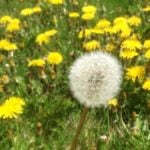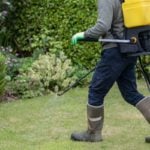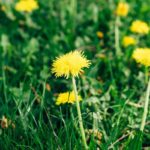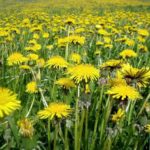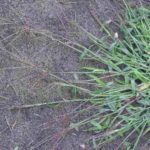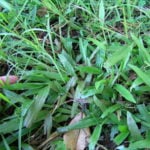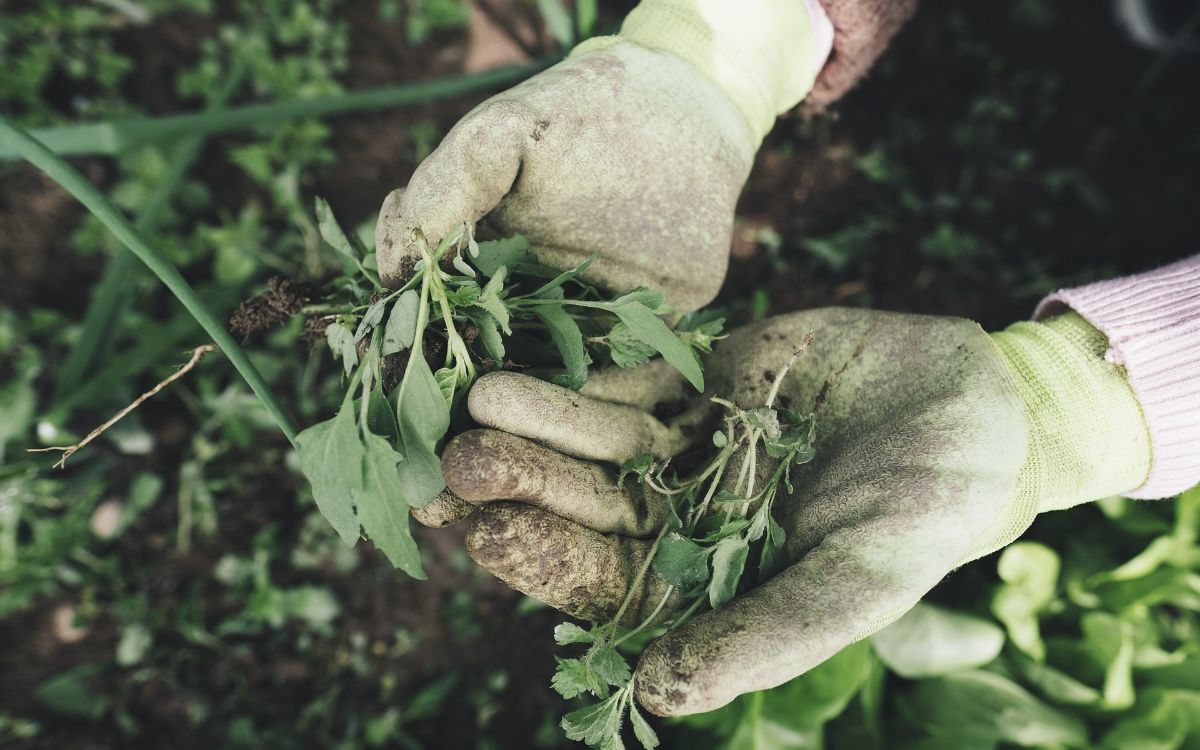
When your lawn is speckled with yellow flowers, ground ivy, and wild onions, you have a weed problem. Our guide to weed control in your yard will cover all the ways you can get your lawn green and healthy again, from natural methods to chemical herbicides.
Are weeds sprouting between your yard’s pavers and in your gardens? We’ll show you how to get rid of weeds there, too. A weed invasion might feel unbeatable, but with a bit of patience and determination, you can boost your lawn’s curb appeal in no time.
Here’s what we’ll cover in the guide below:
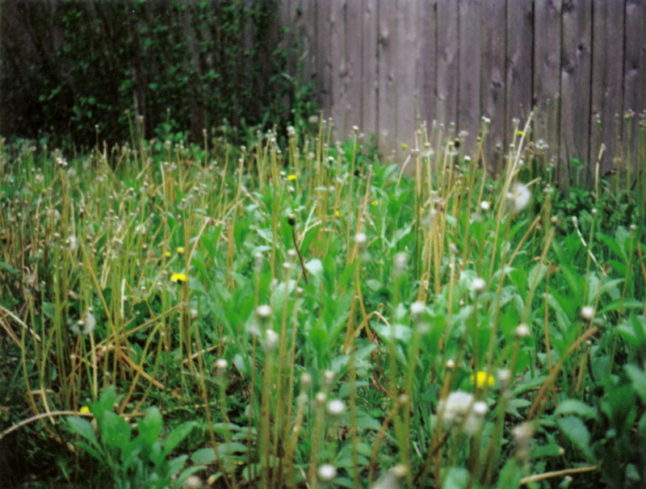
Types of Weeds
Before you start pouring herbicides on your lawn, it’s important to know the weed type you’re dealing with. Why? Because some herbicides only target specific lawn weeds. For example, a herbicide labeled for nutsedge control won’t do any good against broadleaf weeds.
There are three types of weeds: Broadleaf weeds, grassy weeds, and grass-like weeds.
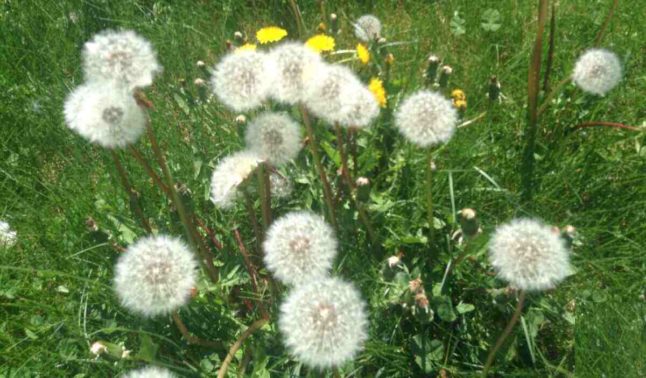
Broadleaf Weeds
Broadleaf weeds are easy to spot because they look nothing like grass. Their wide leaves have a main vein running down the center. Broadleaf weeds include:
- Dandelions
- Clover
- Ground ivy
- Oxalis
- Dollarweed
- Plantain
- Chickweed
- Thistle
- Buttercup
- Ragweed
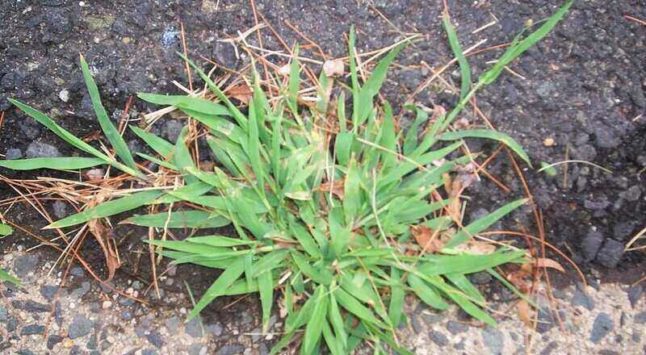
Grassy weeds are true grasses or monocots. Distinguishing between your turfgrass and a grassy weed can prove difficult, as they often look similar. Sometimes your turfgrass can become a weed in certain areas, such as your Bermudagrass turf invading your garden.
Examples of grassy weeds include:
- Crabgrass
- Foxtail
- Quackgrass
- Annual bluegrass
- Goosegrass
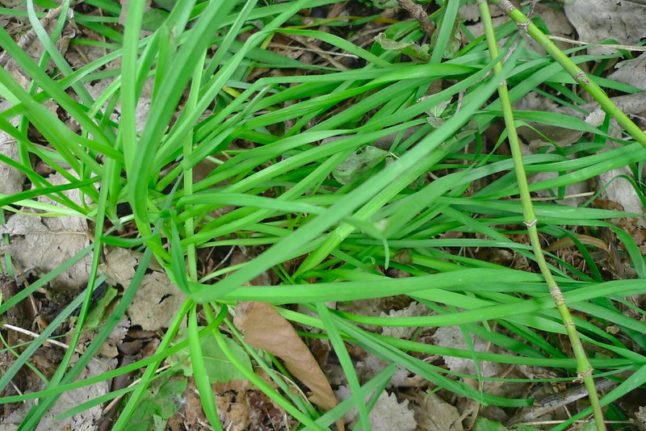
Grass-Like Weeds
Grass-like weeds aren’t true grasses, but their leaves are usually long and thin like grass. They stick out like a sore thumb, unlike grassy weeds, which can look just like turfgrass. Grass-like weeds often grow much faster than turfgrass and may have a different color than the rest of your lawn.
Examples of grass-like weeds include:
- Sedges
- Wild onion
- Wild garlic
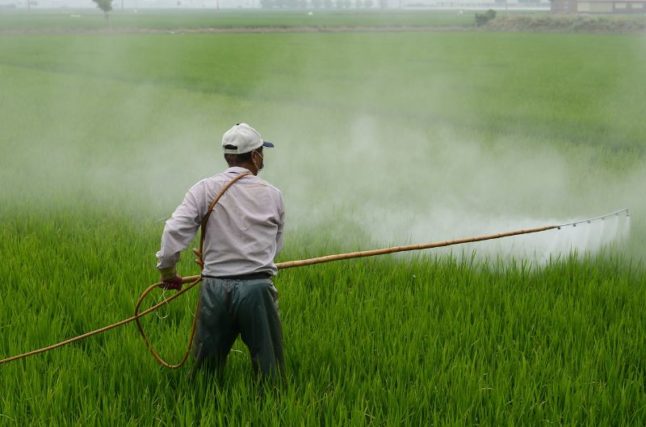
Pre-Emergent vs. Post-Emergent Herbicides
When weeds have invaded the yard, many people solve the problem with a herbicide. Herbicides are readily available at your local garden shop, and they typically provide reliable results.
When shopping for herbicide, you’ll first need to decide whether you need a pre-emergent herbicide or post-emergent herbicide. Here’s the difference between the two:
- Pre-emergent herbicide prevents weeds from sprouting. Apply a pre-emergent herbicide when you want to prevent next season’s weeds.
- Post-emergent herbicide kills existing weeds. When you have a current army of weeds in your yard, wipe them out with a post-emergent herbicide.
When to Apply a Pre-Emergent Herbicide
Preventing weed growth is all about timing. If you apply pre-emergent herbicide late in the season, the weed seeds may have already germinated, meaning you missed your chance to stop them growing.
To prevent summer weeds: Apply a pre-emergent herbicide in spring when soil temperatures have been around 55 degrees Fahrenheit for at least 48 hours.
To prevent winter weeds: Apply a pre-emergent herbicide in the fall when soil temperatures reach 70 degrees Fahrenheit and continue to drop.
Selective vs. Non-Selective Herbicides
You’ll find that there are many herbicide products. Some of these herbicides target specific weeds, while others will kill (or prevent the growth of) any plant they come in contact with.
Selective Herbicides
Selective herbicides are herbicides that selectively target specific weeds. For example, if you apply a selective herbicide that targets broadleaf weeds, you won’t need to worry about it killing your grass.
Before using a selective herbicide, correctly identify the weed you wish to exterminate. Otherwise, you risk losing money (and time) on a herbicide that targets the wrong weed.
Non-Selective Herbicides
A non-selective herbicide will kill any plant it touches, including your grass. It can’t distinguish between different plant types, which is why you should use only non-selective herbicide for spot-treatments.
Non-selective herbicides are especially useful if you need to control a wide variety of weeds or you need to kill a section of your lawn’s grass.
Avoid applying non-selective herbicides on windy days, as the wind might carry the herbicide to your prized roses or hydrangeas.
Organic vs. Synthetic Herbicides
Another decision you’ll need to make about your herbicide is whether you want to apply organic or synthetic herbicides. Organic herbicides tend to be more expensive than synthetic herbicides, but they’re often safer for the environment.
Organic Herbicides
Many homeowners and gardeners believe that organic herbicides are chemical-free. But this is a common misconception about organic lawn care products. Organic herbicides do contain chemicals. But unlike synthetic chemicals, these chemicals occur naturally in the environment and decompose quickly.
Pro Tip: “Organic” doesn’t always mean safe. Just because a chemical is naturally derived from plants, animals, or minerals does not always mean it’s safe to consume, apply to your plants, or spread in the local environment. Whether you’re applying an organic or synthetic herbicide, it’s essential to do your research to make an informed decision about the product you’re using.
Synthetic Herbicides
Synthetic herbicides are often more affordable than organic herbicides, but unlike organic herbicides, synthetic herbicides contain manufactured chemicals created in laboratories. Synthetic chemicals don’t occur in nature and won’t decompose.
Improper use of synthetic chemicals can adversely affect the environment and human health, which is why many homeowners and gardeners have concerns about using synthetic chemicals on their lawns.
Some studies suggest that glyphosate, an artificial chemical often found in non-selective herbicides, may cause cancer. However, the EPA reports that there are “no risks of concern” to human health when glyphosate is used properly.

How to Control Weeds in the Lawn Naturally
If chemical weed control isn’t suitable for you, consider removing the weeds naturally. Natural methods include pulling weeds by hand and removing weeds with a manual tool.
Natural weed control often requires persistence and can prove laborious at times. Commercial herbicides usually provide reliable results, whereas you may need to reapply or repeat a natural method to eliminate the weed.
Remove Weeds by Hand
When you’re dealing with a small patch of weeds, hand-pulling the weeds can feel as easy as one-two-three. But these weeds will often sprout again, thanks to extensive root systems. Leaving behind as little as 1 inch of a dandelion’s taproot will encourage a new flower to sprout. Nutsedge also will resprout if any tubers remain underground.
The bottom line: When you pull weeds by hand, remember to remove the root systems, too. Otherwise, the weeds will return. For best results, remove the weeds before they flower and spread seeds.
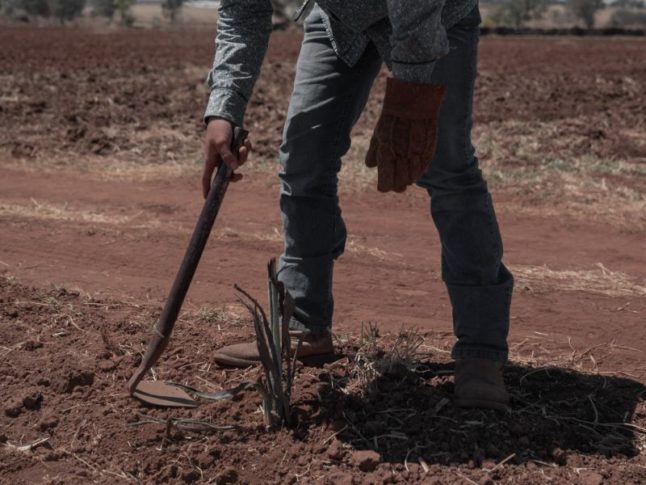
Manual Tools
Manual weeding tools, such as a small hand weeder tool or weed puller tool, help take the backache out of hand-pulling weeds. Some of these tools dig deep into the ground and remove the weed’s whole root system. For example, a weed puller tool is an excellent way to remove dandelions.
Garden hoes are another common weeding tool; however, they won’t always uproot the entire root system.
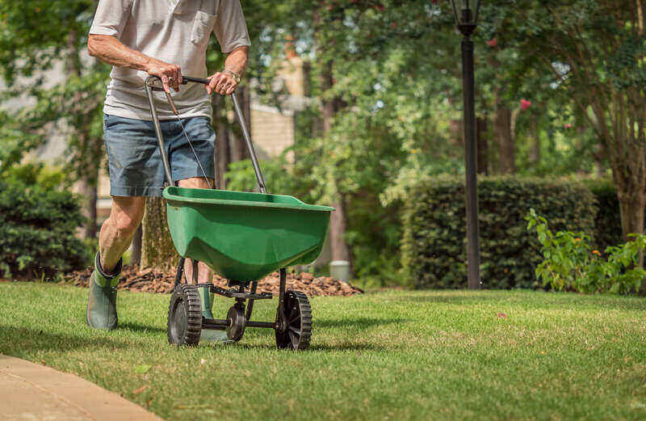
How to Prevent Weeds in the Yard
Pre-emergent herbicide might seem like the most effective weed prevention method, but it doesn’t take home the gold. The secret to preventing weeds from growing in the yard is good lawn care.
It’s simple: The healthier your lawn, the less likely it will grow weeds. A dense, healthy lawn will block out a sprouting weed with ease.
So, how can you keep your lawn healthy and well maintained? Here are a few tips to follow:
- Apply lawn fertilizer: Your turf needs nutrients to grow big and strong. Fertilizer is the perfect nutritional boost.
- Remove thatch: Thatch is the layer of living and dead organic material that accumulates between the soil surface and turf blades. A thick thatch layer can invite pests and diseases.
- Relieve compacted soil: Your lawn will struggle to absorb oxygen, water, and nutrients if its soil is compacted. Relieve compacted soil with core aeration.
- Water the right way: Watering less often and for long periods encourages a deep, healthy root system. Watering too often and for short periods encourages a shallow, weak root system. The best time to water the lawn is before 10 a.m. Avoid watering in the evenings.
- Rake autumn leaves: A thick layer of leaves can suffocate your grass and block it from photosynthesizing. Pests and lawn diseases can also overwinter in leaves left on the lawn.
- Leave behind grass clippings: It might be tempting to bag your grass clippings, but leave them on the lawn to shade out weeds. Grass clippings also act as a nutritional mulch for the yard.
- Don’t mow too low: Mowing too low will stress your turf and make it vulnerable to weeds. Never cut off more than one-third of the grass blade’s height in a single mow.
- Control fungi and pests: Lawn diseases and pests can put your lawn through the wringer, which makes it attractive to weeds.
- Overseed: Planting new grass seed once a year maintains a thick, dense lawn that crowds out weeds.
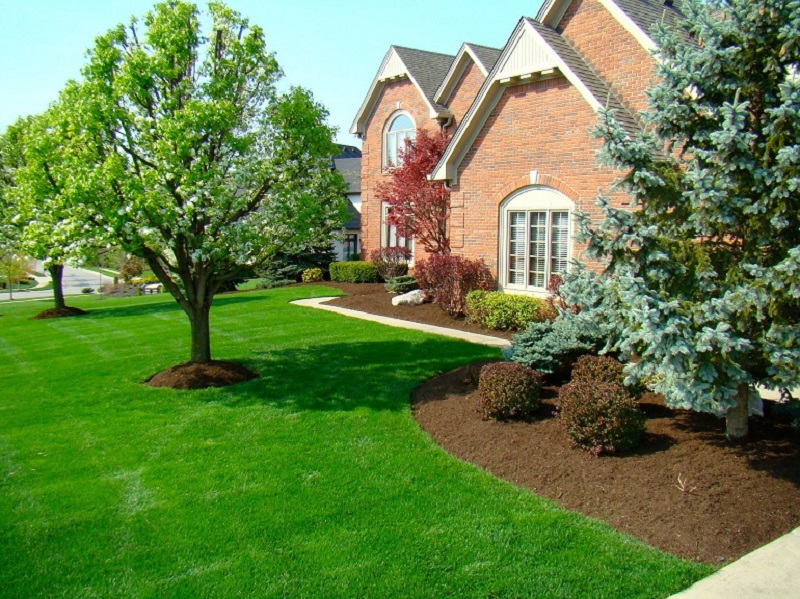
FAQ About Weed Control
Your yard’s turfgrass isn’t the only area where weeds will set up camp. Your yard’s trees, shrubs, flower beds, and vegetable garden are also susceptible to weed growth.
Herbicides and manual removal offer effective weed control in planting beds, as does:
— Covering weeds with organic or inorganic mulch. The mulch will block the weeds from sunlight and prevent new weeds from sprouting.
— Covering the weeds with newspaper or cardboard. This method will also block the weeds from the sun.
— Installing landscape fabric beneath the soil. Landscape fabric prevents weeds from sprouting.
Caution: When applying herbicide to your vegetable garden, always read and follow the product’s instructions to avoid contaminating your vegetables.
Weeds sprouting between your walkway pavers is a bruise on your yard’s curb appeal. The good news is that there are a few ways you can reduce weed growth around your walkways and patios:
— Spot treat with a selective or non-selective herbicide
— Fill the space between the pavers with polymeric sand to block germinating weeds from the sunlight.
— Dig up the weeds using a manual tool designed for narrow spaces, such as a Cape Cod weeder.
Turfgrass herbicides are not ideal for newly seeded lawns. The herbicide that blocks (or kills) the weeds will also hinder the grass seed from growing. So, whenever you plant grass seed or apply herbicide, it’s best to perform the tasks in different seasons. Otherwise, the residual herbicide will limit seed germination.
Since you can’t expose grass seed to herbicide, here are a few tips that will help control weeds in a newly seeded lawn:
— If the weed problem is severe, wait to apply any chemical weed killer until the grass has had two to three mowings.
— Keep your newly seeded lawn well maintained so the germinating seeds can outcompete weeds.
— When lawn weeds pop up, remove them right away by hand or with a manual tool.
— Plant high-quality grass seed. Packages of poor-quality grass seed will sometimes contain weed seeds.
— Test your soil to ensure the soil is fertile enough to grow healthy, competitive grass.
— Don’t spread weed and feed products over your new grass seed.
Weed-and-feed products won’t destroy your grass, but your lawn will be better off in the long run if you keep your herbicide and fertilizer treatments separate. Here’s why:
— Your lawn needs herbicide and fertilizer at different times of the year. When you apply them simultaneously, the treatments won’t be as effective as applying them separately at the appropriate time.
— When you use weed and feed, the herbicide is applied to unnecessary areas (such as a patch of lawn with no weed problems). This results in excessive chemical use, which isn’t good for the environment.
— Every lawn requires a different amount of fertilizer. Combining fertilizer and herbicide can make it difficult to measure the precise amount of nutrients your lawn needs to thrive.
— Weed-and-feed products can harm some shrubs and trees.
Weeds are an eyesore, but even worse, they steal your turfgrass’s nutrients, water, sunlight, and space. If a weed invasion becomes severe, it can eventually crowd out your turf.
Weeds are also a sign that your lawn might be suffering from another ailment, such as thick thatch or thinning.
Hire a Pro for Easy Weed Control
The best way to keep the weeds at bay is to maintain your lawn. But mowing the lawn, fertilizing the turf, and testing the soil aren’t easy-breezy tasks. Keep your lawn care simple by hiring a local lawn care professional who can protect the yard against weeds and keep your grass healthy and green.
Main Photo Credit: photoAC / Pixabay
